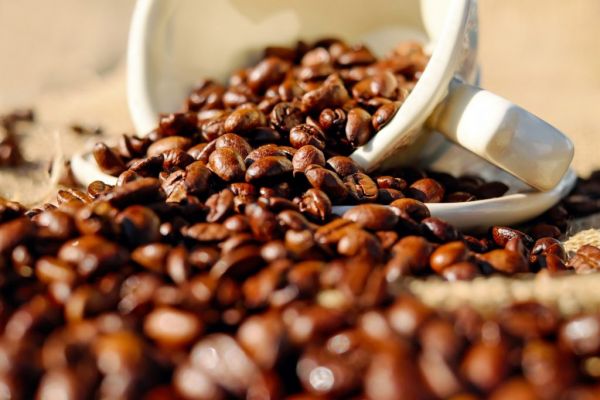In this edition of Buyer's Brief, global commodity issues are affecting a number of condiments on the household dinner table, particularly mustard, as Nick Peksa reports. This article first appeared in ESM September/October 2022.
Over the last year, droughts have been responsible for the failings of many seasonal crops. It has been reported that cereal yields have suffered, orange harvests have been historically low, and there have even been concerns that soil moisture levels may have a detrimental effect on future coffee crops.
It’s not just the globally traded commodities that are suffering, however. With the rise of energy costs and pumped-up fertiliser prices, it’s the whole supply chain that is suffering. Even the humble table condiment has not escaped the wrath of the weather and increased input costs.
Condiment Price Increases
Condiments enhance the texture and flavour of food, and there is plenty of debate across the world as to which condiments are the most popular. Consumer taste profiles vary across the world, with bean curd topping the charts in China, the Nordic nations supporting mayonnaise, the North Americans being major fans of ketchup, and mustard very popular in the UK, Germany and France.
Ketchup has steadily been increasing in price, as its main ingredient – tomatoes – has been experiencing significant input cost increases. The cost of growing, processing, energy, labour, transportation, shrinking profit margins, and packaging increases have all resulted in a higher price for tomato sauce.
Mayonnaise has also suffered at the hands of its primary ingredients. Global vegetable oil prices were forced up on the back of the Russian-Ukrainian conflict, as rapeseed oil supplies ran short. Egg yolk – the other major ingredient of mayonnaise – has also faced its own battle in terms of avian flu, which has been affecting major egg markets across the globe. The positive note here is that the main ingredients used to manufacture ketchup and mayonnaise are available, albeit at a higher price. Mustard last year, however, experienced some serious supply shortages.
Major Producer
Canada is the third-largest producer of mustard seed in the world (18%), as well as being one of the world’s largest exporters. Drought-like conditions in the western part of the country resulted in a poor harvest last season. It was reported that both the crop yield per hectare and the overall production levels fell by almost 50%, compared to the previous marketing year.
These poor harvests have resulted in significant price increases for mustard seed in Canada (+400%), and these have further been compounded by the Russian-Ukrainian war.
Russia is the second-largest producer of mustard seed and a major exporter. Russian mustard seed has been sanctioned, thus removing further supplies from the global marketplace. The war has also affected Ukrainian crops, as their ability to supply the world has been disrupted. With limited availability globally, the world rapidly ran out of supplies.
France, famous for its Dijon mustard, did not fare much better. The Burgundy region had a very wet winter, followed by a cold snap at the beginning of April last year. The French crop was reduced by 52%. Retailers in France have, and are still experiencing, stocking difficulties, and this situation is further exacerbated by the fact that the country imports 80% of its mustard seed from Canada.
Promising Signs
Fortunately, the global supply shortage of mustard seed may only be short-lived. The harvest is under way in Canada, and it’s certainly looking better than last year. Planting estimations for both Canada (+32%) and the US (+19%) are looking extremely favourable.
This year, Canada – with its increase in seeded area – is expected to see production rebound to around 185,000 metric tonnes, tripling last year’s harvest. These estimations were based on dry weather conditions. If an increase in production is realised, Canada will be in a position to resume normal exports and, as an added bonus, gain market share in Germany – although, even with sanctions in place, it has been reported that Russian mustard seed is still making its way into Germany.
In recent weeks, there has been a substantial decline in growing conditions. Soil moisture levels in Canada are being reported as being lower than the 2021 season. Initial yield reports from Canadian growers suggest that yields have been disappointing, with processors and exporters hoping for better results from fields harvested later. With a month or so left in the harvest, farmers are praying for rain, as without it, the next 12 months could see mustard seed prices climbing again.
Ending Thoughts
Irrespective of whether you are buying mustard or wheat, the next 12 to 18 months are going to be challenging. A lot of hard conversations will need to be had, and there will be a lot of difficult decisions to make.
Please do continue to innovate and increase the level of analysis you do, and remember to ask a lot of questions. For example, if last year was such a disaster for mustard seed, why are there carry-over stocks in Canada?
For more information, contact [email protected].
© 2022 European Supermarket Magazine – your source for the latest supply chain news. Article by Dayeeta Das. Click subscribe to sign up to ESM: European Supermarket Magazine.














